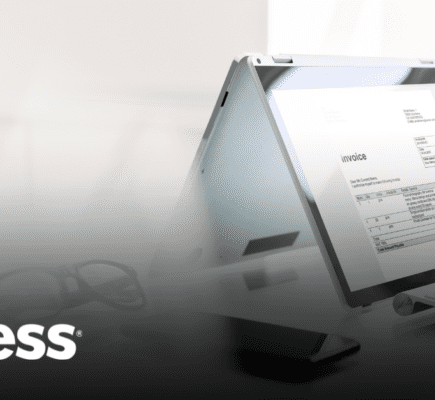
How do we keep the engines of business and commerce running while we work remotely?
Transitioning to a Work-from-Home Environment
The answer: information. All businesses, regardless of their industry or activities, depend in large measure on information and its accessibility. Whether your product is trucks or food or insurance policies, information is vital to managing relationships, delivering the product or service, and getting everyone—the business, its employees, and its suppliers—paid, so that they can continue in business themselves.
The information part of a business can in many cases be run successfully from remote locations like people’s homes. Good information technology, properly available and secured, will permit personnel to work as effectively from home as from an office. Needless to say, that’s of the utmost importance right now. You’re not just keeping yourself busy and employed while isolated at home, you’re also contributing to the economy. You’re helping keep others employed, as well as doing your bit to make sure that essential goods and services—and the money to buy them—continue to be available to all of us.
Many of us have worked remotely for a long time, and our business processes and information technology are already optimized. While it may be business as usual for us, you may be new to the game. What do you need to consider as you go about transforming your business processes?
Information Availability
To work remotely, you need your information to be wherever you are. And one of the things you quickly discover when you’re working from a remote office is that the information you need is inevitably someplace else. If you’re at home, the records are at the office; if you’re traveling, the records are on your desktop, not your laptop. If you work on systems that do allow for remote access, it’s a question of making sure you’ve got the correct permissions for whatever devices you are using remotely. If you don’t have remote access, some significant work may be required to hook everyone up. Fortunately, most modern applications allow for web-enabled access.
Then there is the syncing of devices: making sure that the same data that is on your workstation is on your laptop, and everyone else’s. If you’ve got only a single remote device such as a laptop, it’s easy enough, and there may be nothing at all to do. But if you have multiple workstations, you’ll need file-syncing software. Set up correctly, you will always have all of your information all the time, as well as a redundant backup.
Paper Environments
If you’re working in a paper environment, things are a bit more complicated. Now’s a good time to consider Digital Delivery or digital transformation, particularly if either or both were already on the radar for you. Both involve turning paper records into images, which are then loaded into an information system and available on demand anytime, anywhere.
The difference between Digital Delivery scan-on-demand services and digital transformation is the timing of the scanning. Digital Delivery is exactly what it sounds like: you scan it when you need it, and then it’s delivered to you digitally. Digital transformation is scanning a record set wholesale, in advance of need, so it’s ready and waiting if required.
Data Security
Keep in mind that hackers work from home too. And remote work is not a free pass when it comes to compliance with GDPR, CCPA, and other data privacy laws. In fact, it’s the opposite: the E.U. authorities have issued official privacy guidelines specific to events, such as the recent pandemic, in regard to employee health records, patient medical records, and other situations.
If your company is setting up its information workers to be remote, don’t forget to include appropriate security for all of those remote devices and locations. Just as you wouldn’t leave files sitting around on your office desk after work, don’t leave them on your dining room table workspace.
For more on how to integrate paper and digital information management, check out our white paper:
Evolving Beyond a Paper-First World.



